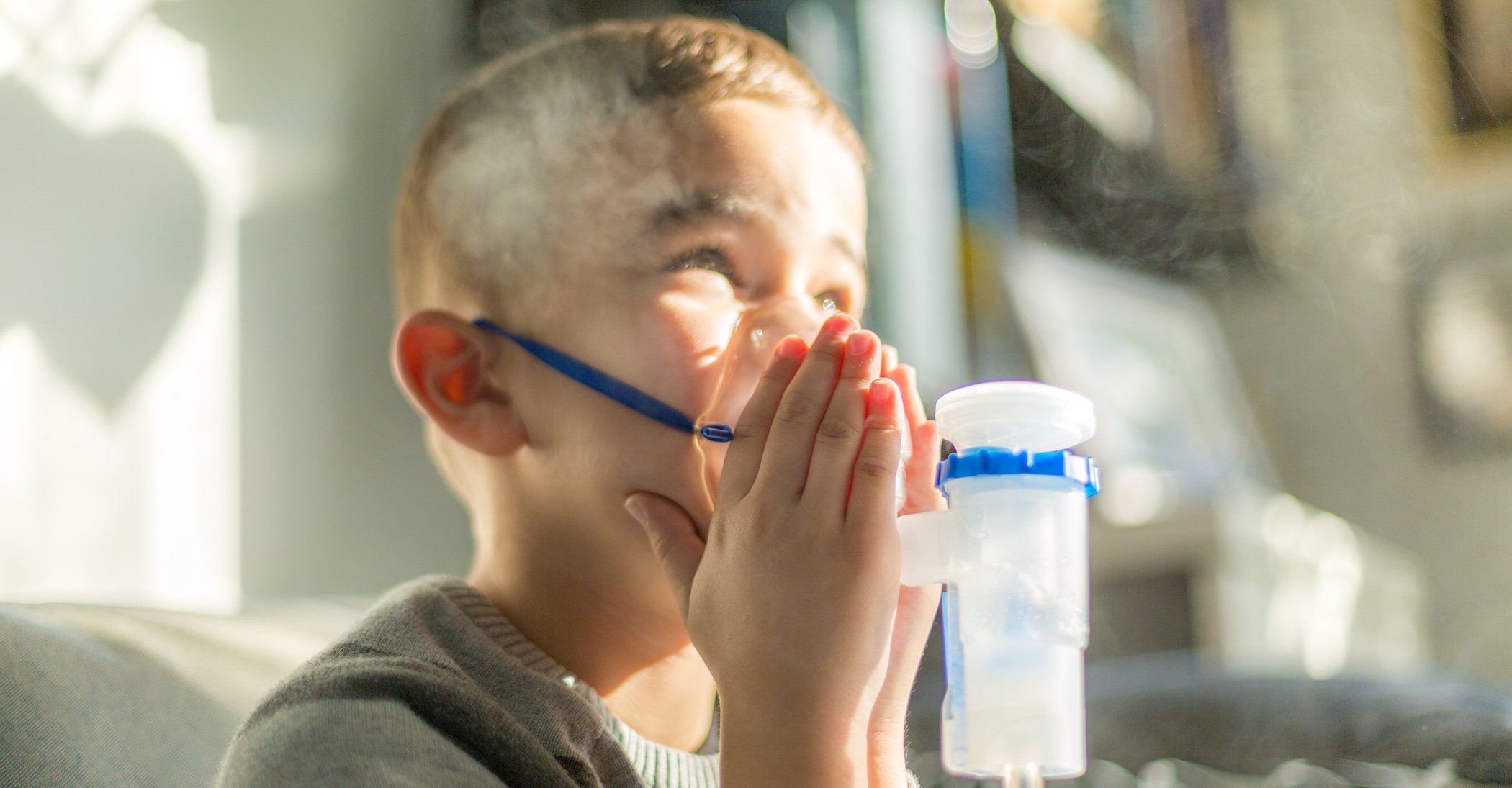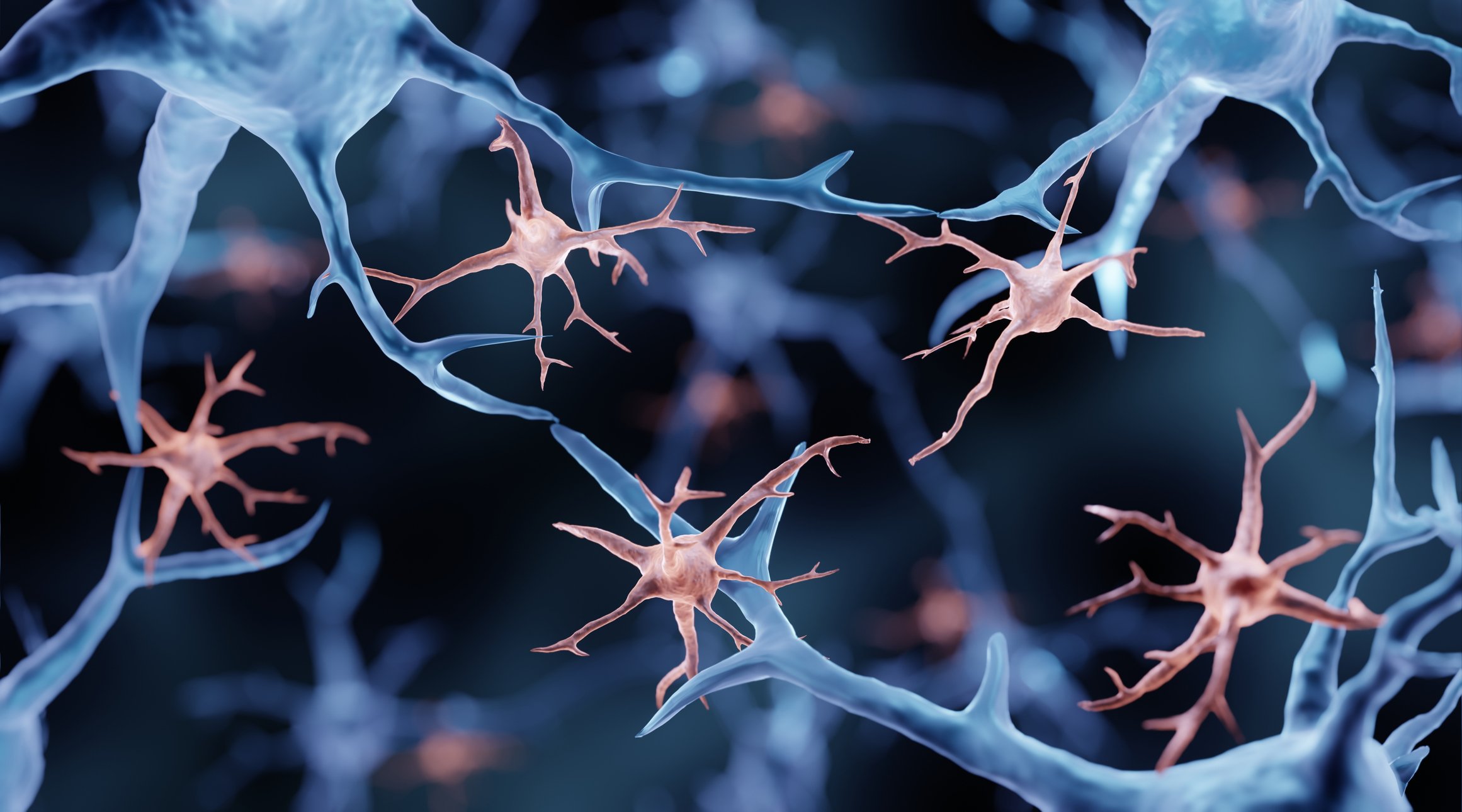This year’s Pain and Palliative Day was held under the motto “Worry and care – pain medicine in practice”. In addition to health services research, discussion panels will focus on palliative care, invasive procedures, headaches with a focus on primary care, psychotherapy in times of scarce resources, and the health policy symposium.
Among other things, the conference called for evidence-based pain and palliative medicine that is patient-oriented and, above all, not only proclaiming and demanding, but also exerting concrete influence. However, this can only lead to the desired sustainable improvements in patient care if the responsible stakeholders and those affected are involved in its development, emphasized PD Dr. Michael A. Überall, Nuremberg (D), Vice President of the DGS and President of the German Pain League. This is no longer just about optimizing pain medicine care across the board, but increasingly also about a new self-image with regard to the design of this care by improving a basic scientific understanding of the opportunities, but also the limits, of evidence-based medicine in the 21st century. This process requires a major rethinking of clinical trials and the role of practicing physicians. Whereas most medical studies were conducted under non-practical conditions in special facilities, excluding a large proportion of everyday clinical patients, real world studies using non-interventional, i.e. data obtained under everyday conditions, are now becoming increasingly important. The need to test diagnostic and therapeutic algorithms in everyday clinical practice, to test new diagnostic and therapeutic procedures under these conditions and, above all, to develop them further, is becoming increasingly important, the expert emphasized. In many cases, practicing physicians are powerless in the face of ever new guideline requirements that are far removed from practice and complain about the insufficient consideration of their concrete experiences from everyday care.
Pain disorders on the rise
In all countries of the Western world, there is a continuous increase in chronic pain patients. Surveys by a wide variety of institutions (including the RKI and the BVA) show that this figure has recently risen to 33% of the total population. Already in 2014, the number of patients with highly problematic chronic pain with biopsychosocial impairments was 3.4 million (4.15% of the total population) – and rising. Therefore, the long-term efficacy of multimodal pain therapy was examined more closely [1]. In addition to pain reduction, the goals of treatment management include active management of pain and increasing quality of life. The focus is on treating chronic pain disorders with somatic and psychological factors. Over a period of 4.5 years, all hospitalized pain patients were surveyed with the German Pain Questionnaire before admission and six months after discharge. The recorded target parameters were pain intensity, impairment of activities due to pain, psychological well-being, and health-related quality of life. The results demonstrate that multimodal treatment in an interdisciplinary pain center is effective in the longer term, even with higher pain chronification.
Migraine in focus
Current information on the state of the art regarding pathophysiology, diagnosis, acute therapy and prevention of migraine in children, adolescents and adults was provided by a large group of different scientists [2]. Every tenth person in the world suffers from migraine, as Prof. Dr. med. Michael Küster, Bonn (D), pointed out. In Europe, the prevalence is 11.4%. Migraine thus joins the ranks of common diseases such as diabetes, CHD, hypertension, osteoporosis and obesity. There is now a broad armamentarium for both acute treatment and prophylaxis. Nevertheless, the care situation for those affected looks anything but rosy. In 2021, only 8-11% of migraine patients use triptans and less than 3% of patients with more than five monthly migraine days received prophylaxis. The expert was also able to confirm this finding from his own experience. In the pain center, patients often present themselves and help themselves with self-medication. However, this often leads to medication overuse headaches and kidney damage. The reasons could be inadequate education and training, feared high effort, and poor experience with inadequate attack therapy. Accordingly, care could be optimized with the help of the new prophylactics, interdisciplinary, multimodal pain therapy, and network formation.
Desire and reality
Axel Heinze, MD, Kiel, Germany, addressed the possibilities of CGRP antibodies in the treatment of chronic migraine [3]. So far, onabotulinumtoxin A has been used as the gold standard with good success. The studies show a 44% reduction in headache days with a 50% responder rate of 47.1%. However, even after 12 years of experience, there is still no detailed knowledge of the mechanism of action and, above all, of the reasons for a failure to produce an effect. For CGRP antibodies, on the other hand, there is a convincing rationale. Ictal CGRP is known to be released during a migraine attack. In patients with chronic migraine, CGRP levels are even increased interictally. Accordingly, it can be assumed that an effective effect should be achieved by CGRP blockade. Depending on the preparation, an average of between 25% and 51% fewer monthly migraine days could be achieved with good tolerability. Compared to onabotulinumtoxin A, CGRP antibodies are comparably effective, comparably very well tolerated, and differ only in their limitations of use. In the meantime, there are initial indications that both active ingredients may have synergistic effects.
Congress: German Pain and Palliative Day 2023
Literature:
- Haase I, Kuhnt O, Klimczyk K, Steinberger M: Long-term efficacy of multimodal pain therapy in patients with higher pain chronification. E-poster. German Pain and Palliative Day 2023.
- Küster M, Binsfeld H, Oeding M: Headache: primary care in focus I. Presentation ID 106. German Pain and Palliative Day 2023.
- Küster M, Göbel C, Göbel H, Heinze A: Chronic migraine, what then? Session ID S14. German Pain and Palliative Day 2023.
InFo NEUROLOGIE & PSYCHIATRIE 2023; 21(2): 28












